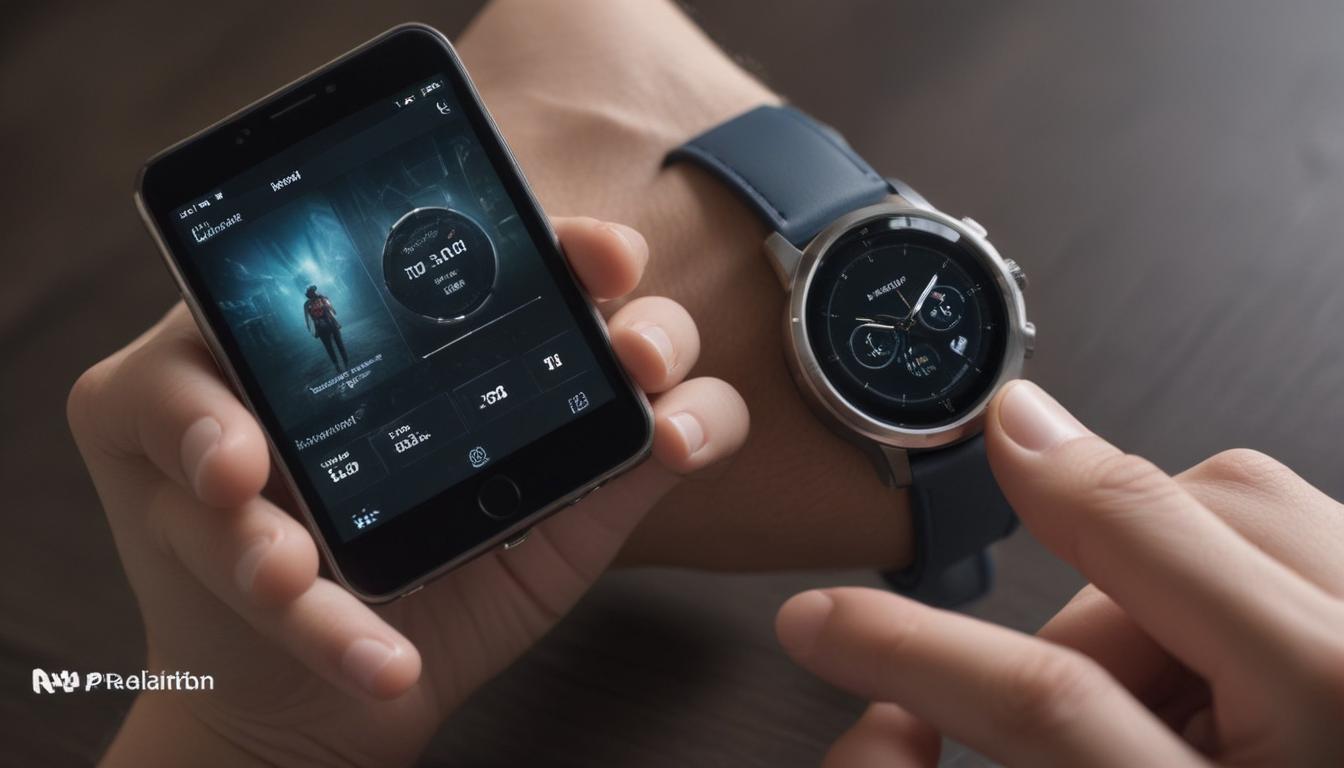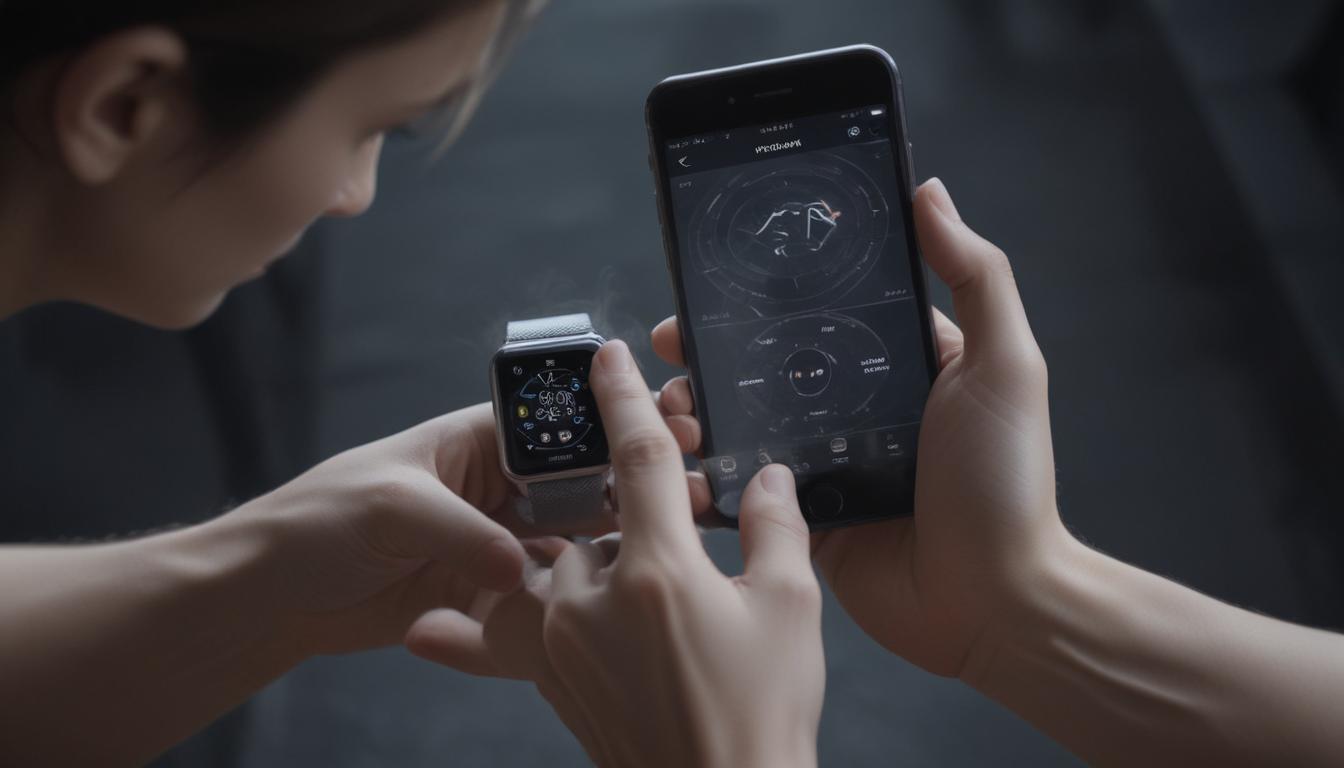Now Reading: How Sensors Make Your Devices Smart
- 01
How Sensors Make Your Devices Smart
How Sensors Make Your Devices Smart

The Unseen Heroes How Sensors Power Your Smart Devices
Have you ever marveled at how your smartphone screen magically rotates when you turn it sideways? Or how your fitness watch accurately counts your steps throughout the day? It can feel like pure magic, a seamless interaction between you and your device that just works. But this isn’t magic; it’s a symphony of sophisticated technology working behind the scenes. The mystery of how your devices seem to understand the world around them can be frustrating, leaving you feeling disconnected from the very technology you rely on every day.
The secret lies in a collection of tiny, powerful, and often overlooked components called sensors. These are the unsung heroes that give your smart devices their “smarts,” acting as their digital eyes, ears, and sense of touch. They are the bridge between the physical world you inhabit and the digital brain of your phone, tablet, or wearable. In this guide, we will pull back the curtain on these incredible components, exploring what they are, how they work, and the crucial role they play in making your smart devices so indispensable.
What Exactly Are Sensors in Smart Devices
At its core, a sensor is a component that detects and measures a physical property and then converts that information into a signal that an electronic device can read and understand. Think of them as your device’s senses. Just as your eyes detect light and your ears detect sound, sensors detect things like motion, light, location, and temperature. This data is then sent to the device’s processor, which uses it to make intelligent decisions and perform specific actions, creating the responsive and intuitive experience you’re familiar with.
Without sensors, your smartphone would be little more than a pocket-sized computer with a touchscreen. It wouldn’t know which way is up, how bright the room is, or where it is in the world. It is the constant stream of information from these sensors that provides context about the device’s environment and how you are using it. This contextual awareness is the foundation of nearly every “smart” feature you use, from automatic screen brightness to turn-by-turn navigation and immersive gaming.
Common Sensors and Their Everyday Magic
Now that we know what sensors are, let’s explore some of the most common ones you use every single day, often without even realizing it. These tiny components work tirelessly to make your interactions with technology smooth and effortless.

Accelerometer and Gyroscope
These two sensors are the dynamic duo of motion detection. The accelerometer is responsible for detecting linear acceleration, which includes the force of gravity. Its most common application is screen orientation. When you tilt your phone, the accelerometer detects the change in the direction of gravity’s pull and signals the operating system to rotate the display accordingly. It is also the primary sensor used by health and fitness apps to count your steps, as it can detect the rhythmic motion of walking.
While the accelerometer handles straight-line motion, the gyroscope measures rotational velocity, or how the device is twisted and turned. It provides much more precise information about orientation than the accelerometer alone. This is critical for more advanced applications like viewing 360-degree photos and videos, providing smooth and stable control in virtual reality (VR) and augmented reality (AR) apps, and for sophisticated camera features like optical image stabilization, which counteracts the shake from your hands to produce clearer, sharper images.
Ambient Light and Proximity Sensors
Usually located near the front-facing camera, these two sensors manage how your device interacts with its immediate surroundings. The ambient light sensor measures the intensity of the light in your environment. Its primary job is to enable the automatic brightness feature on your screen. By detecting whether you are in a dimly lit room or under the bright sun, it adjusts the screen’s brightness for optimal viewing, which not only reduces eye strain but also significantly conserves battery life.
The proximity sensor works by emitting a beam of infrared light and detecting if it is reflected back. Its main purpose is activated during a phone call. When you hold your phone up to your ear, the sensor detects the presence of your face and signals the device to turn off the touchscreen. This simple but brilliant function prevents your cheek or ear from accidentally pressing buttons, muting the call, or hanging up while you talk.
GPS and Magnetometer
The Global Positioning System (GPS) receiver is one of the most well-known sensors. It communicates with a network of satellites orbiting the Earth to calculate your device’s precise geographical location. This is the technology that powers all location-based services, from navigation apps like Google Maps and Waze that give you turn-by-turn directions, to ride-sharing apps that connect you with a nearby driver, and the geotagging feature that adds location data to your photos.
Working hand in hand with the GPS is the magnetometer, which functions as a digital compass. It measures the Earth’s magnetic field to determine your device’s orientation relative to magnetic north. While the GPS tells you where you are, the magnetometer tells you which way you are facing. This is why the little blue dot on your map app can pivot in real-time as you turn, providing a much more intuitive and accurate navigational experience.
Biometric Sensors
Biometric sensors have revolutionized device security and convenience by using your unique biological traits for identification. The most common of these is the fingerprint scanner. Whether it’s an optical sensor that takes a 2D picture of your print or a more advanced ultrasonic sensor that creates a 3D map, it allows you to unlock your phone and authorize payments with a simple touch, offering a secure and fast alternative to passwords or PINs.
Another increasingly common biometric tool is the facial recognition sensor. Advanced systems, like Apple’s Face ID, use an infrared camera and a dot projector to cast thousands of invisible dots onto your face, creating a precise 3D depth map. This map is then used to securely authenticate your identity, even in the dark or if you’re wearing glasses. These biometric sensors provide a seamless layer of personalized security that is deeply integrated into the modern smart device experience.


































